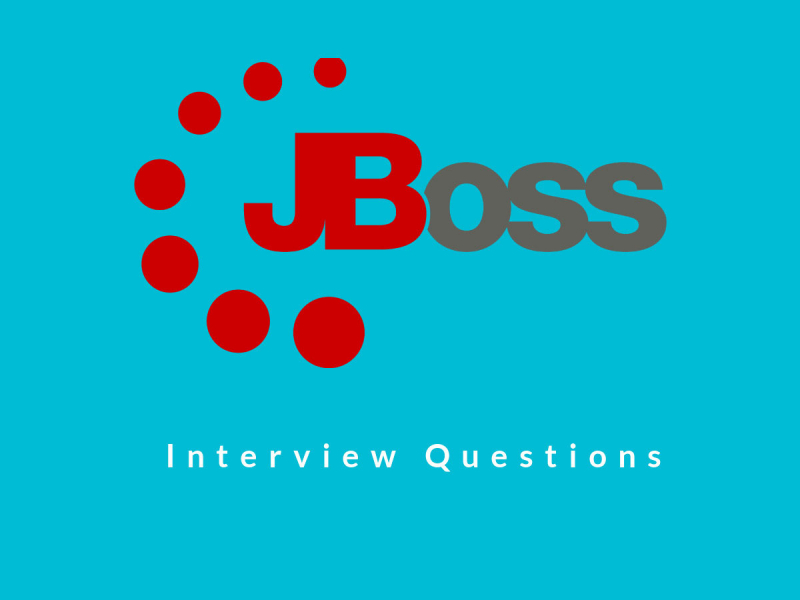JBoss Fuse has become one of the most used software these days. JBoss Fuse is one of the best-known low-memory footprints that’s based on the open supply of ESB. Fuse collects the key factors in SOA technologies and is one of the widely popular software in the modern technical industries. JBoss Fuse is one of the Apache Servicemix Community projects that is known to be one of the best for low-memory footprints based on the open supply ESB.
JBoss Fuse has lots of features that make it outstanding and also has a lot of career opportunities and the JBoss Fuse Interview questions are the best to go into the field.
Hence, here are a few JBoss Fuse Interview Questions with answers for you to crack the interview and get in the best spots.

